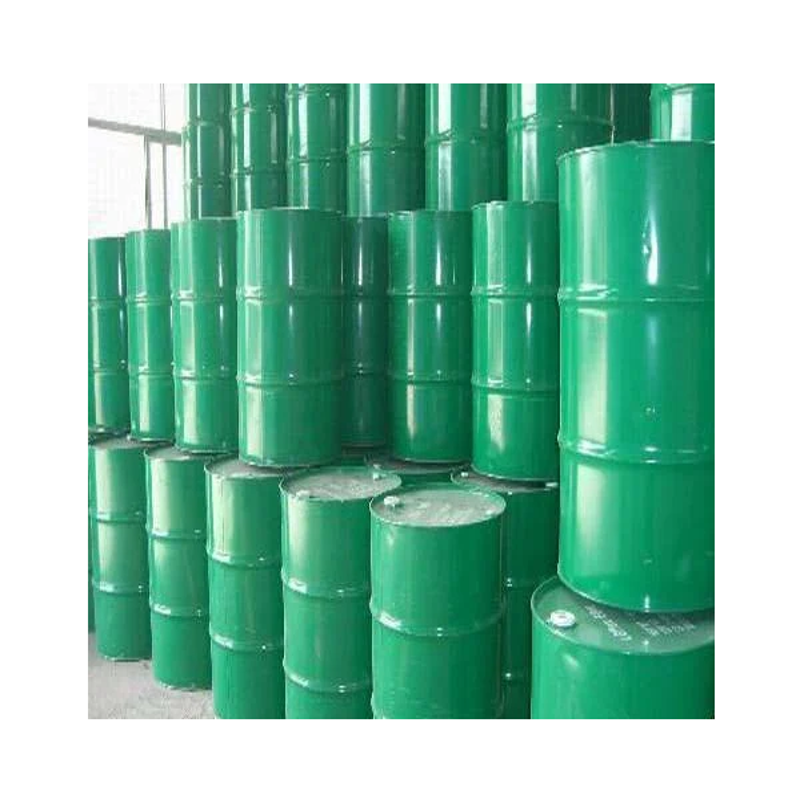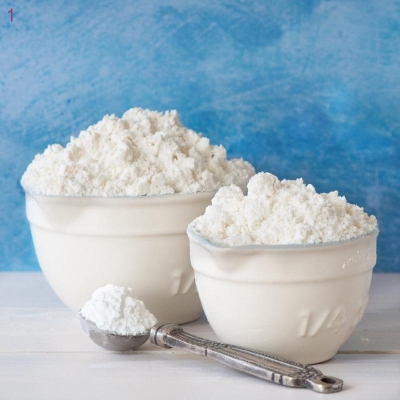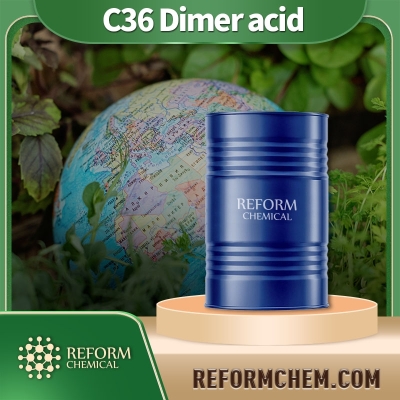-
Categories
-
Pharmaceutical Intermediates
-
Active Pharmaceutical Ingredients
-
Food Additives
- Industrial Coatings
- Agrochemicals
- Dyes and Pigments
- Surfactant
- Flavors and Fragrances
- Chemical Reagents
- Catalyst and Auxiliary
- Natural Products
- Inorganic Chemistry
-
Organic Chemistry
-
Biochemical Engineering
- Analytical Chemistry
-
Cosmetic Ingredient
- Water Treatment Chemical
-
Pharmaceutical Intermediates
Promotion
ECHEMI Mall
Wholesale
Weekly Price
Exhibition
News
-
Trade Service
Disinfectants are widely used in hospitals, health and quarantine and public safety departments in the field of hard surface disinfection or instrument disinfection, especially in
controlling and preventing the occurrence of infection 。 High-level disinfectants need to have the following characteristics: killing effectiveness, that is, at a reasonable time and low temperature (<60 °C) can kill pathogenic spores, mycobacteria, non-bacilli, viruses and fungi; Less affected by organic and inorganic substances; Excellent chemical and thermal stability; Safe and harmless to the patient, that is, the residue of the disinfectant or the residual microorganisms will not cause harm to the patient; Safety for staff, i.
e.
no harm to persons in short-term and long-term contact; The safety of the disinfected goods, that is, the compatibility of the disinfection product and the disinfection product, does not affect the use of the disinfection product, will not be corroded, etc
.
The high-level disinfectants certified by the US Food and Drug Administration (FDA) are divided into non-oxidizing disinfectants and oxidized disinfectants, of which glutaraldehyde (≥2.
0%), phthalaldehyde (≥0.
55%), glutaraldehyde/phenol (1.
21%/1.
93%) are non-oxidizing disinfectants; Peracetic acid, hydrogen peroxide, hypochlorite or mixtures of hydrogen peroxide and peracetic acid are oxidizing disinfectants
.
Glutaraldehyde is a highly efficient and broad-spectrum disinfectant, recommended for high-level disinfection of heat-sensitive endoscopes and other medical devices, can quickly and efficiently remove pathogenic spores, mycobacteria, viruses, bacteria and fungi, etc.
, the market usage rate is more than 60%, in the high-level disinfection industry has been dominant
.
Over the years, the toxicity and potential harm of glutaraldehyde have been fully and comprehensively studied and determined
.
Moreover, in the history of glutaraldehyde being used for high levels of disinfection, there has never been a major accident or emergency caused by its performance or its toxicity
.
At present, almost all new disinfectant products are launched based on glutaraldehyde for comparison
.
At present, there are some disinfectants in the market that claim to be non-toxic and odorless, and these disinfectants still lack warning information to the public and should be vigilant
.
Phthalaldehyde is a commercial product that occupies a place in the high-level disinfectant market, compared with glutaraldehyde, which has been commercialized since 1985, phthalaldehyde entered the market in 1999, and the initial development is relatively fast
.
Compared with glutaraldehyde, the product is not as effective against pathogenic spores as glutaraldehyde, and is equally
effective against other pathogens.
Because of its small smell and low irritation, it has been popular
among users.
However, phthalaldehyde is developing slowly in Europe and the United States, with a market share of only about 10%, mainly because it may cause allergic reactions
.
Allergic reactions due to phthalaldehyde are increasingly reported in the FDA-established database, which may have skin staining problems and difficulty rinsing residues
.
In addition, toxicological data on phthalaldehyde are incomplete, making it difficult to determine the harm
to humans.
Peracetic acid (PAA) is another active ingredient of high-level disinfectants, which can effectively control mycobacteria and spores, but only under very pure conditions, organic and inorganic substances have a great influence on its performance, and its use has shown a downward trend
.
In addition, superoxide water or electrolyzed water is the use of on-line hypochlorous acid disinfection, long-term use of corrosion of the instrument, when the presence of organic matter, killing activity will be significantly reduced, so there are certain limitations
in the application field.
Since high-level disinfection is closely related to human safety, quality control of glutaraldehyde raw materials is particularly important
.
For high-level disinfection, the quality of impurities such as methanol must be controlled below 0.
5%, and the APHA color must also be controlled below 10 to avoid the influence of
impurities.
(Written by: Dr.
Xianghua Qu, Dow Chemical Microbial Control Technology Department)







